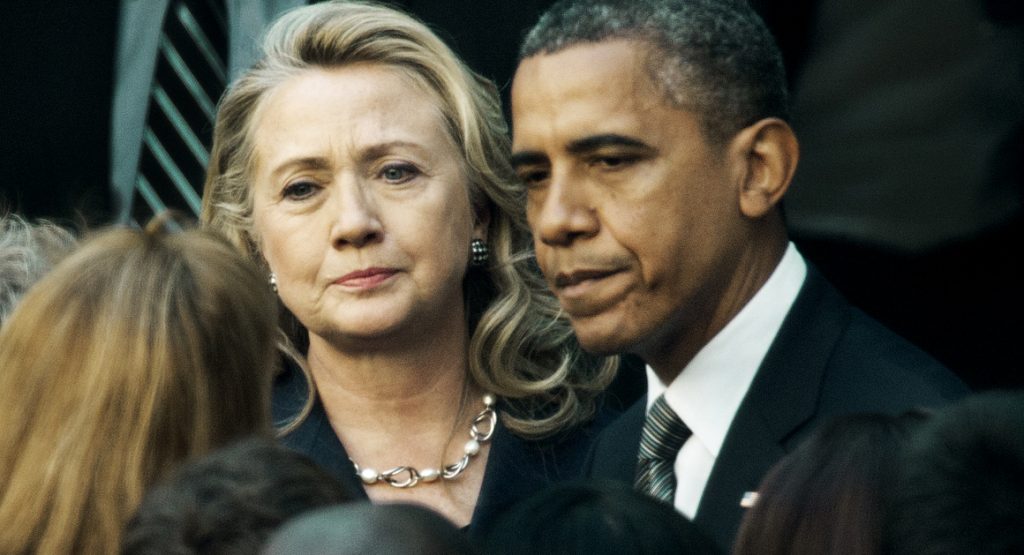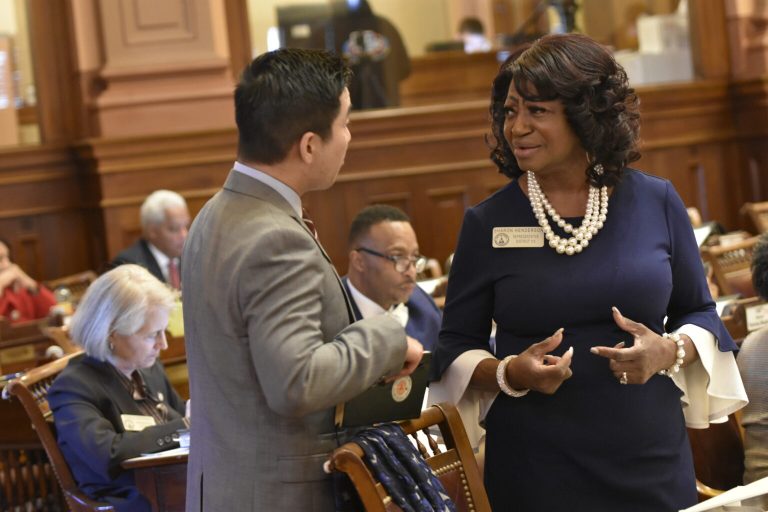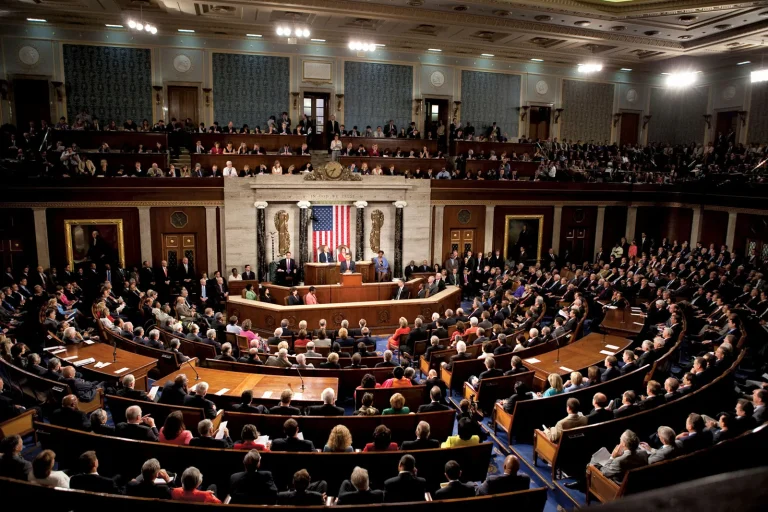
The Office of the Director of National Intelligence (ODNI) has released a new report that challenges long-standing conclusions about Russia’s involvement in the 2016 U.S. presidential election. The report, backed by Director Tulsi Gabbard, has reignited political tensions and raised new questions about the integrity of past intelligence assessments.
Gabbard Claims Obama Officials Misused Intelligence
According to ODNI’s official statement, Director Tulsi Gabbard uncovered “overwhelming evidence” that senior officials under former President Barack Obama allegedly distorted intelligence findings to undermine Donald Trump. Gabbard shared these claims widely across social media, including X (formerly Twitter), Truth Social, and conservative media platforms.
She alleges that Obama’s team politicized intelligence to trigger investigations aimed at damaging Trump’s presidency. Her announcement was accompanied by a batch of declassified emails and memos.
New Documents Released Under “Director’s Initiatives Group”
The declassified materials were made public as part of the newly formed Director’s Initiatives Group, a task force created to carry out Trump-era executive orders focused on restoring public trust in intelligence agencies.
These documents include internal conversations from 2016, where Obama-era officials assessed Russia’s cyber capabilities. They concluded that while Russia was unlikely to hack voting machines or change vote counts directly, its efforts could still damage public confidence in the electoral system.
“There’s no strong evidence Russia could manipulate actual votes,” one redacted ODNI email stated. “However, even minor cyber activities can shake voter trust.”
Timeline Points to Intelligence Contradictions
Gabbard also released a timeline highlighting key events and discussions that preceded the 2017 intelligence report on Russian interference. She argues that these internal memos reveal inconsistencies with the public conclusions released later.
She claims that while officials privately acknowledged limited risk to election infrastructure, they publicly promoted a broader narrative that pointed to widespread influence operations.
What the 2017 Assessment Actually Said
Despite the current political backlash, it’s important to note what the 2017 intelligence report originally concluded. The document did not claim Russia altered vote counts or successfully hacked election systems.
Instead, it focused on Russia’s influence campaign, which used:
- Fake social media accounts
- Bot networks
- Disinformation campaigns
- Hack-and-leak operations
These psychological strategies were designed to erode trust in American democracy—not necessarily to change votes directly.
Experts and Lawmakers React
Many intelligence experts continue to support the original assessment, stating that Russian efforts were mostly aimed at information gathering and spreading chaos rather than disrupting vote counts.
Democratic lawmakers were quick to criticize the latest ODNI release.
“This is utter fiction,” said Rep. Jim Himes (D-Conn.) on X.
“Director Gabbard is clearly politicizing intelligence to help push conspiracy theories,” added Sen. Mark Warner (D-Va.), vice chairman of the Senate Intelligence Committee.
CIA Review Echoes Similar Claims, but Doesn’t Disprove 2017 Report
Earlier this month, CIA Director John Ratcliffe published a separate internal review of the agency’s role in producing the 2017 assessment. He echoed Gabbard’s stance, suggesting Obama officials selectively used intelligence to damage Trump politically.
However, the CIA’s internal audit did not refute the core conclusion of the original report. It offered recommendations for stronger analytic standards but ultimately described the 2017 findings as “defensible” and grounded in valid intelligence work.
Conclusion
The newly declassified documents have added fuel to a years-long political firestorm over Russia’s role in the 2016 election. While some argue the intelligence community exaggerated Russia’s influence, experts continue to affirm that no direct vote tampering occurred. The real battleground now appears to be public trust—and the future of how intelligence is interpreted and used by those in power.


